Founding and Early History
The founding of Falasarna is shrouded in mystery, with no definitive information available about its origins. However, archaeological evidence suggests that the area was inhabited as early as the Geometric period (9th-8th centuries BC). The city’s strategic location on the western coast of Crete, near the end of the Korykos Cape, made it an important center for trade and maritime activity.
Classical and Hellenistic Periods
Falasarna rose to prominence during the Classical and Hellenistic periods (5th-2nd centuries BC). The city’s well-organized harbor and its strategic location made it a key player in the trade networks of the Mediterranean. Falasarna was also involved in piracy and the slave trade, which contributed to its wealth and influence. (TZANAKAKI, 2019)
The city’s history during this period was marked by conflicts with neighboring city-states, particularly Polyrrhenia. Polyrrhenia, located further inland, sought to control Falasarna and its harbor to gain access to the sea and expand its trade routes. The rivalry between the two cities led to a series of wars and alliances, with Falasarna often siding with Knossos, another powerful city-state on the island. (MLINAR, 2011)
Roman Conquest
In the 2nd century BC, the Romans extended their influence over the eastern Mediterranean, eventually reaching Crete. In 67 BC, the Roman consul Quintus Caecilius Metellus led a campaign to conquer the island, and Falasarna, despite its fortifications and resistance, was captured by Metellus’ forces. The Roman conquest marked the end of Falasarna’s independence and its integration into the Roman province of Crete and Cyrenaica.
Archaeological Significance
Excavations and Discoveries
The archaeological site of Falasarna has been the subject of extensive excavations and research, revealing a wealth of information about the city’s history, culture, and daily life. The excavations have unearthed various structures, including houses, temples, and public buildings, providing insights into the city’s urban planning and architecture. (VASILAKIS, n.d.)
Necropolis
The necropolis of Falasarna, located to the south-east of the city, has also been excavated, revealing various types of tombs, including chamber tombs and tholos tombs. The tombs have yielded a variety of artifacts, such as pottery, jewelry, and weapons, providing insights into the burial customs and beliefs of the ancient Falasarnaians.
Historical Significance
The archaeological discoveries at Falasarna have contributed significantly to our understanding of the history and culture of ancient Crete, particularly during the Classical and Hellenistic periods. The city’s involvement in trade, piracy, and the slave trade, as well as its conflicts with neighboring city-states, offer a glimpse into the complex political and economic landscape of ancient Greece. (TZANAKAKI, 2019)
Current Status
Preservation and Restoration
Today, the archaeological site of Falasarna is a protected area, and efforts are underway to preserve and restore the remaining structures. The city walls, towers, and gates have been partially restored, allowing visitors to appreciate the city’s impressive defense system. (VASILAKIS, n.d.)
Museum
A small museum has been established at the site, showcasing some of the artifacts discovered during the excavations. The museum provides visitors with a deeper understanding of the city’s history and culture, complementing their experience of exploring the archaeological site.
Tourism
The archaeological site of Falasarna is a popular tourist destination, attracting visitors from around the world. The site offers a unique opportunity to step back in time and experience the remains of an ancient Greek city, with its impressive fortifications, its well-organized harbor, and its rich history.
Site: Key Points
- Construction Period: Geometric period (9th-8th centuries BC)
- Location: Western coast of Crete, near the end of Korykos Cape
- Dimensions: The city walls extended for approximately 2.5 km, enclosing an area of about 100 hectares.
- Historical Significance: A prominent city-state in ancient Greece, known for its strategic location, its well-organized harbor, and its involvement in trade, piracy, and the slave trade.
- Current Status: A protected archaeological site, partially restored and open to the public.
References
- MLINAR, E. (2011). Fortified towns, settlements and other strongholds on Crete from Archaic through Hellenistic times. In ΠΕΠΡΑΓΜΕΝΑ Ι ΔΙΕΘΝΟΥΣ ΚΡΗΤΟΛΟΓΙΚΟΥ ΣΥΝΕΔΡΙΟΥ (ΧΑΝΙΑ, 1-8 ΟΚΤΩΒΡΙΟΥ 2006) (pp. 23-32). ΦΙΛΟΛΟΓΙΚΟΣ ΣΥΛΛΟΓΟΣ Ο ΧΡΥΣΟΣΤΟΜΟΣ.
- TZANAKAKI, K. (2019). Ancient cities of westernmost Crete (Prefecture of Chania): Kydonia, Aptera, Polyrrhenia, Phalassarna, Hyrtakina and Elyros. In CRETAN CITIES. THE TESTIMONY OF COINS (pp. 35-43). ALPHA BANK, UNIVERSITY OF CRETE, EPHORATE OF ANTIQUITIES OF RETHYMNO, MUSEUM OF ANCIENT ELEUTHERNA.
- VASILAKIS, A. T. THE 147 CITIES OF ANCIENT CRETE.















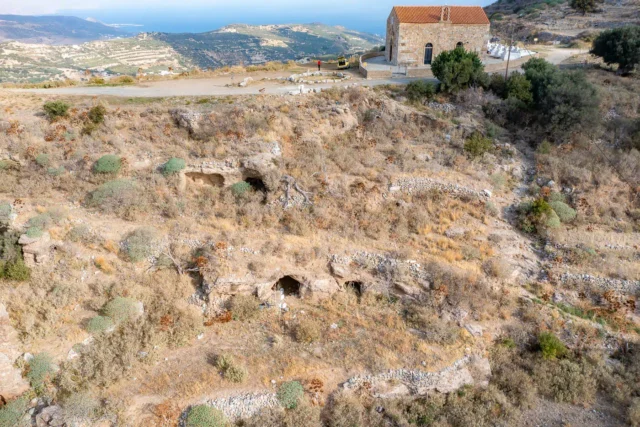
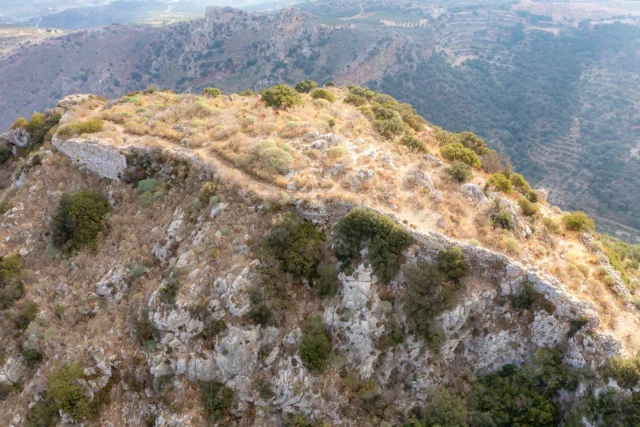
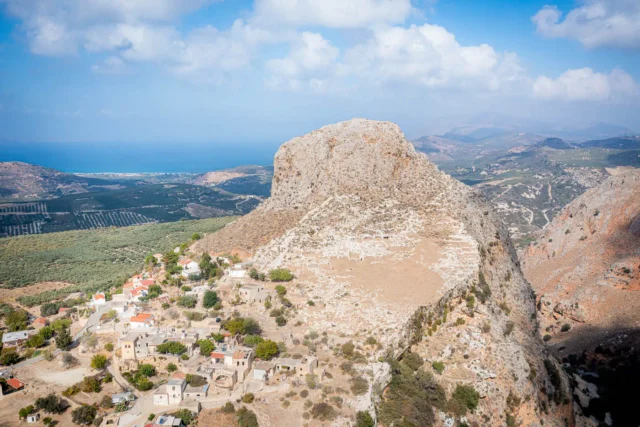


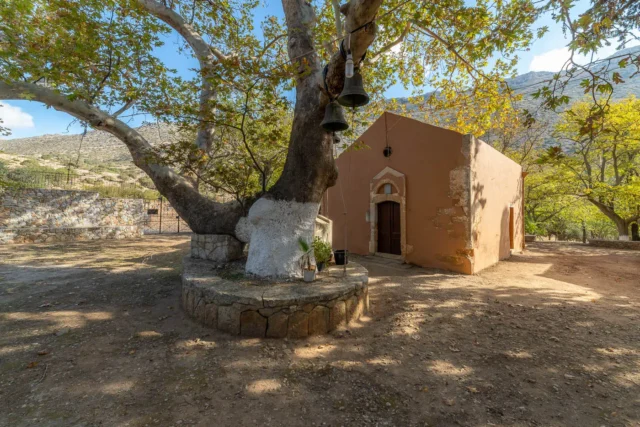
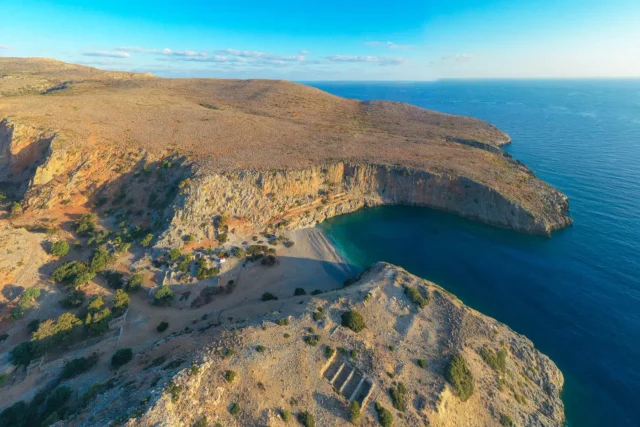

There are no comments yet.